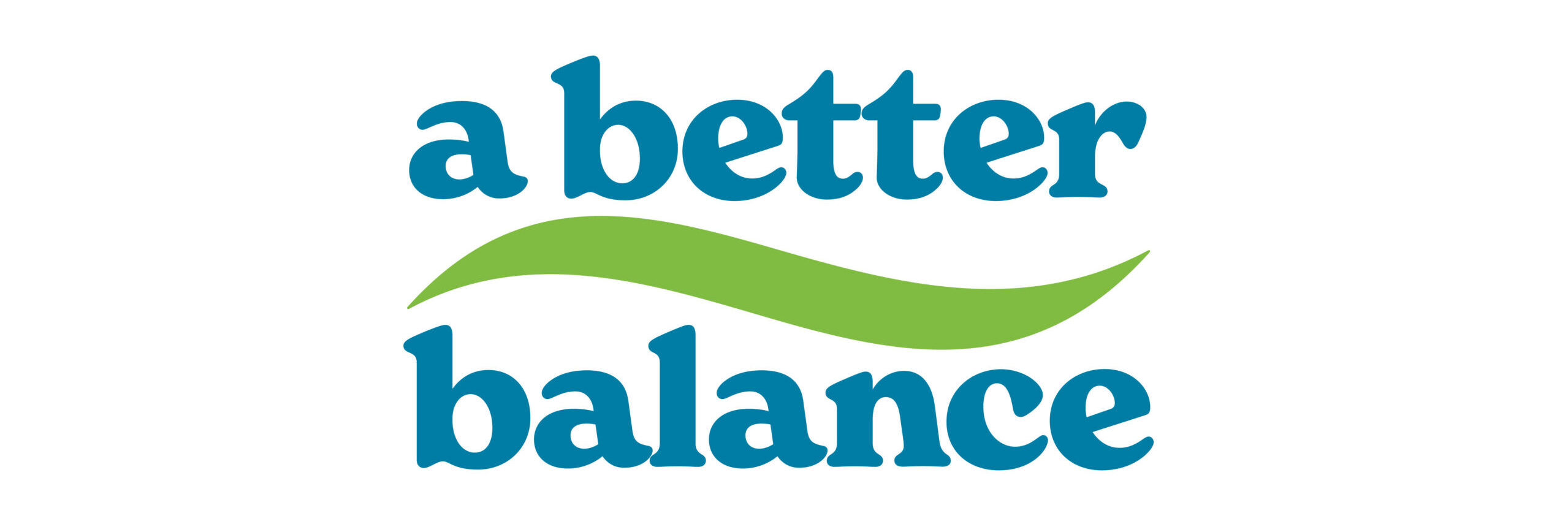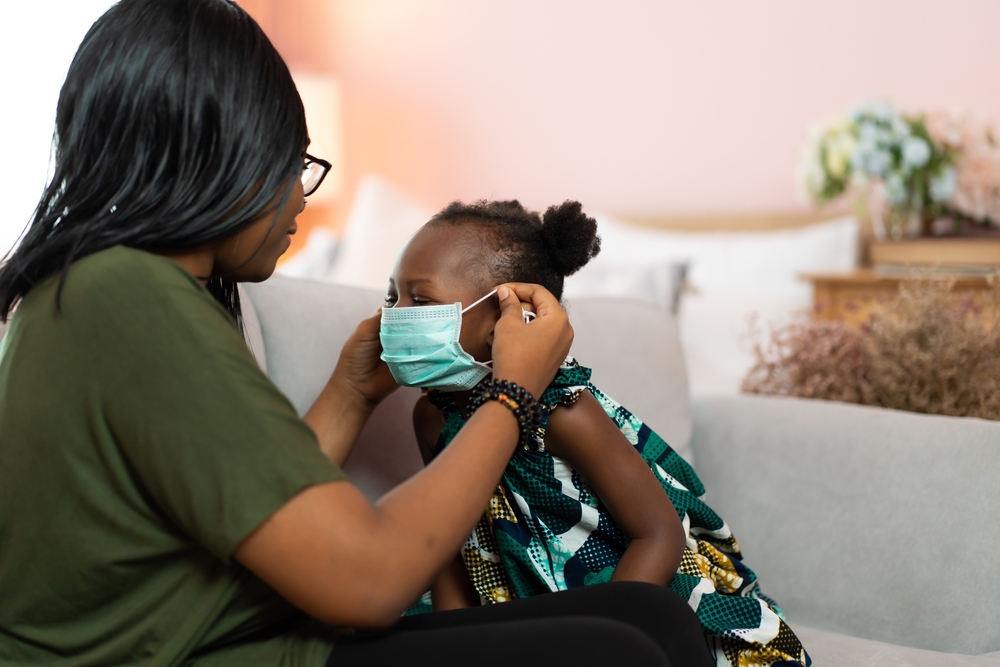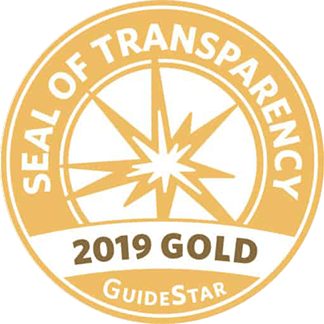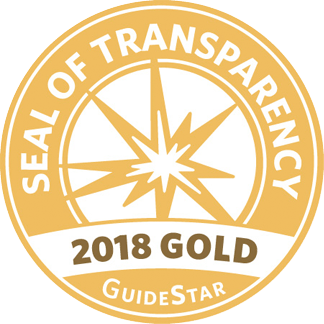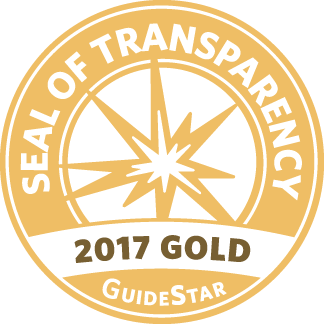In March, Congress passed the Families First Coronavirus Response Act (FFCRA), a new federal law providing emergency paid leave to covered workers for certain COVID-related purposes.
Last month, in response to an action by the New York Attorney General’s office, the Southern District of New York issued a decision striking down several elements of the US Department of Labor’s regulations issued under the FFCRA. Recently, the Department of Labor issued new revised regulations, which make several changes in response to the court’s decision, along with corresponding updates to the frequently asked questions. These new regulations will become effective immediately upon their formal publication in the Federal Register, expected to occur on February 16.
First, the regulations replace the prior, extremely broad definition of health care provider for purpose of the law’s potential exception to coverage with a substantially narrower definition. Under this new definition, only those who directly provide patient care or whose work is directly needed to provide healthcare services (such as lab technicians processing tests needed for diagnosis) are considered health care providers whose employers may elect to exclude them from coverage. In contrast to the prior definition, the health care provider exception now no longer applies to those who work in health care settings (or entities that contract with them) but whose work is not directly tied to patient care, such as cooks, building services workers, and billers. This revision should result in access to FFCRA leave for many workers who were formerly considered exempt from FFCRA requirements by their employers.
Second, the regulations reinstate that requirement that employers must have work available for an employee in order for that employee to take leave under the FFCRA, including clarifying that this requirement applies regardless of the purpose for which leave is taken. In response to the SDNY decision, the Department further explained the justification for the rule and provided additional clarification on its application. In particular, the Department framed the rule in terms of whether, but for the qualifying reasons for leave, an employee would have reported to work at all and reaffirmed that the requirement must be applied in a non-retaliatory and non-discriminatory fashion. While this additional explanation provides much-needed additional clarity on the rule’s application, we remain concerned about the impact of this requirement on workers with unpredictable schedules and other vulnerable workers.
Third, the regulations reinstate the requirement that workers obtain their employers’ consent in order to take leave on an intermittent basis. However, the new regulations packet clarifies that, for those whose children’s schools only allow the child to be physically in school some of the time and remote at other times, taking leave just when the child is receiving remote instruction (when the school is physically closed to that child) is not considered intermittent leave, presumably meaning employer consent is not required. The re-inclusion of the requirement of employer consent for intermittent leave places a significant limitation on the ability of workers to use the leave rights which they are guaranteed by law, particularly as many families try to use their limited bank of leave carefully to cover what may be a protracted period of need. However, the clarification that taking leave only when a child is learning remotely in a hybrid learning situation is not intermittent leave requiring employer consent, is helpful.
Fourth, the regulations clarify the rules regarding the timing for providing notice and documentation of the need for leave to an employer. The new regulations state that notice for expanded FMLA leave under FFCRA must be provided as soon as practicable, which in the case of a foreseeable need may be prior to the start of leave. The new regulations further clarify, in response to an inconsistency noted by the Southern District decision, that documentation must be provided as soon as practicable, typically at the same time as notice is provided.
The new regulations, which were a direct response to the efforts of the New York Attorney General’s Office, offer both a few much-needed substantive changes and additional clarification of prior rules. At the same time, we continue to be concerned about the Department’s restrictive and narrowing interpretations of workers’ rights. More remains to be done to eliminate limitations and loopholes written into the statute which the House-passed HEROES Act would address. Most of all, we need permanent, comprehensive paid leave for all. We won’t stop fighting until all workers have the paid leave they need to care for themselves and their families when they need it most.
